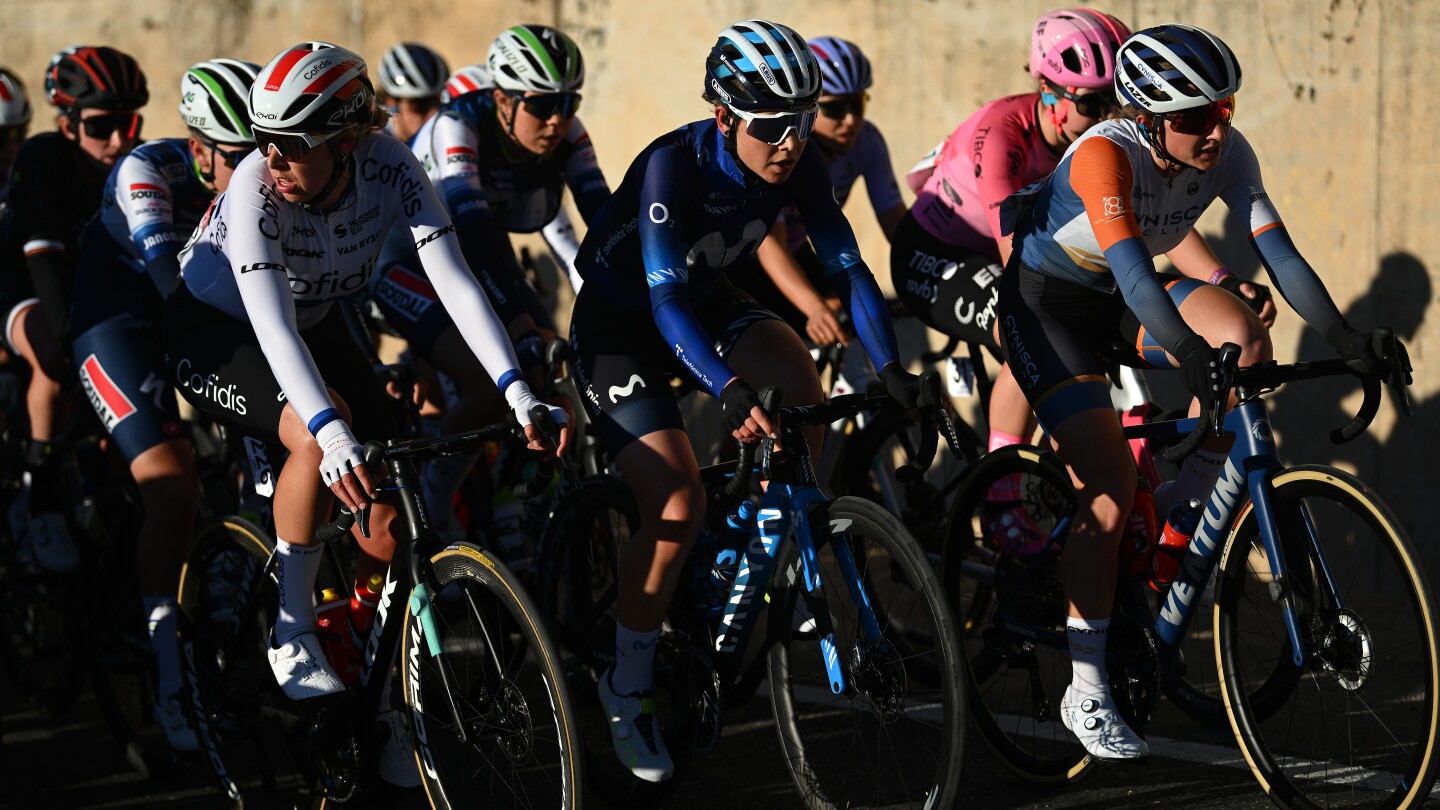The ‘bystander effect’ is a fascinating phenomenon that reveals the psychological obstacles that prevent people from intervening in emergencies, as individuals often wait for someone else to step up even when surrounded by a crowd. This social dilemma has been thrust back into the spotlight following tragic events like the George Floyd incident, leading to vital discussions about our moral responsibility and the duty we owe one another in society. Gaining insight into the bystander effect is crucial in nurturing a proactive culture of altruism in our communities, encouraging individuals to take action rather than stand by.

The bystander effect can be explained as individuals in a group may feel a lesser sense of personal responsibility.
The bystander effect indicates that when people are in a group, they may feel a diminished sense of personal responsibility to act, which contrasts sharply with how they might behave when alone. This concept first gained attention after the heartbreaking murder of Kitty Genovese in 1964, where it was reported that 37 witnesses failed to intervene, highlighting the chilling consequences of inaction. Although subsequent investigations clarified the number of witnesses and their responses, this case remains a powerful illustration of how bystanders can fail to act in critical moments.
This raises an important question: why do individuals fail to act when they are in groups? Social psychologists Bibb Latane and John Darley conducted research in the 1970s, concluding that the likelihood of someone taking action decreases as the number of bystanders increases. This phenomenon, known as ‘diffusion of responsibility,’ suggests that the larger the audience, the less personal accountability individuals feel, which can ultimately hinder timely intervention.
However, the bystander effect is not a rule without exceptions. Recent studies, such as the analysis by Daniel Stalder in 2008 and the research by Richard Philpot and colleagues in 2019, suggest that larger groups may actually increase the probability of intervention. Philpot’s study, which examined real-life public conflicts through surveillance footage, found that in over 90% of the cases, at least one person intervened, often with several witnesses stepping in to help.
So, what valuable lessons can we glean from these findings? Firstly, while the bystander effect certainly exists, it is not an absolute rule; people do intervene, and often, the presence of others can ignite a sense of urgency to act. Secondly, context plays a significant role. In George Floyd’s case, the power dynamics involved—specifically the presence of an armed police officer and the unarmed civilian witnesses, predominantly Black—complicated the situation and influenced the decision-making process regarding intervention.
The bystander effect serves as a pivotal reminder of our inherently social nature and the psychological mechanisms that come into play during crises.
Darnella Frazier, the young woman who filmed George Floyd’s tragic death, has expressed her regret for not doing more to intervene. However, her actions, along with those of other witnesses who recorded the event and implored the officer to stop, were vital forms of intervention that provided crucial evidence for the prosecution. Their collective efforts helped to raise global awareness regarding police brutality and sparked necessary conversations.
Ultimately, the bystander effect highlights the complex interplay of human behavior within social environments, emphasizing how group dynamics can shape individual decisions. It serves as an essential call to action, urging us to recognize our shared responsibility to intervene in moments of crisis. By understanding the psychological barriers that deter us from acting, we can empower ourselves to make a difference, even in crowded settings. As we actively engage within our communities, let us not forget the profound influence of individual actions in nurturing positive change.

Related posts:
The ‘bystander effect’ is real – but research shows that when more people witness violence, it’s more likely someone will step up and intervene
Bystander Effect In Psychology
Police violence and the ‘bystander effect’ explained





